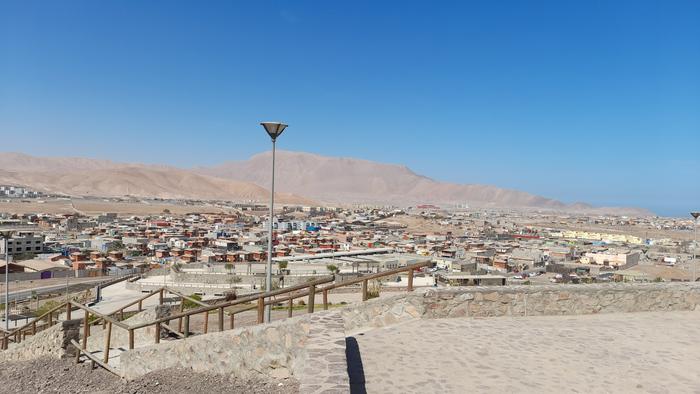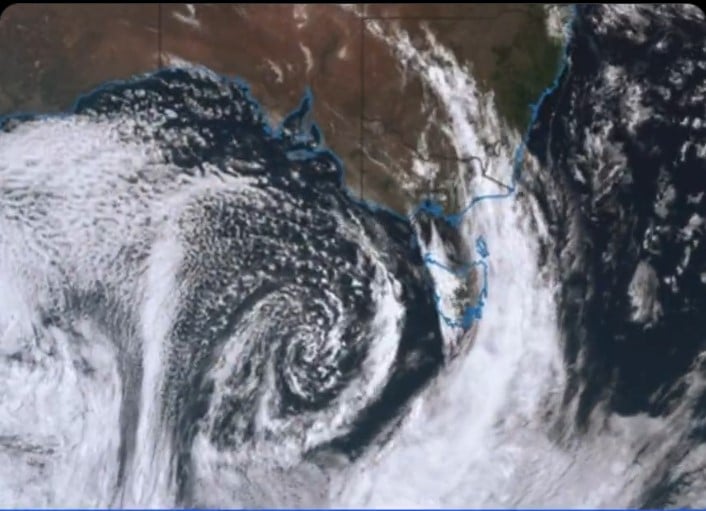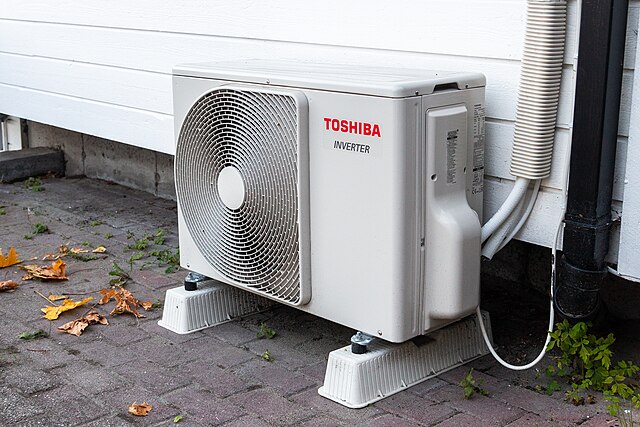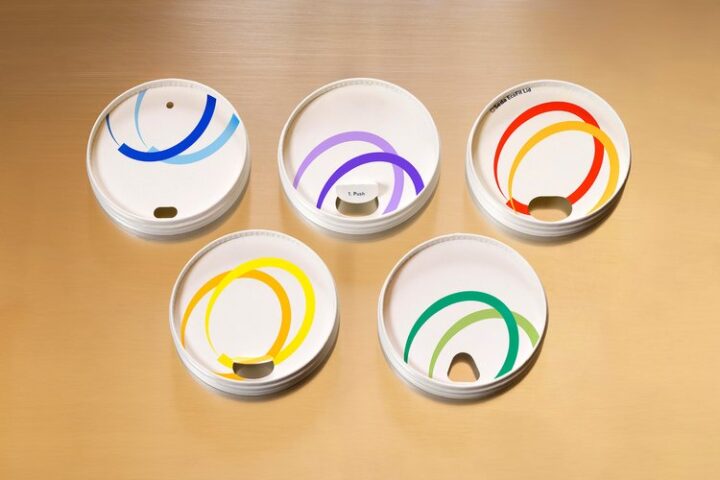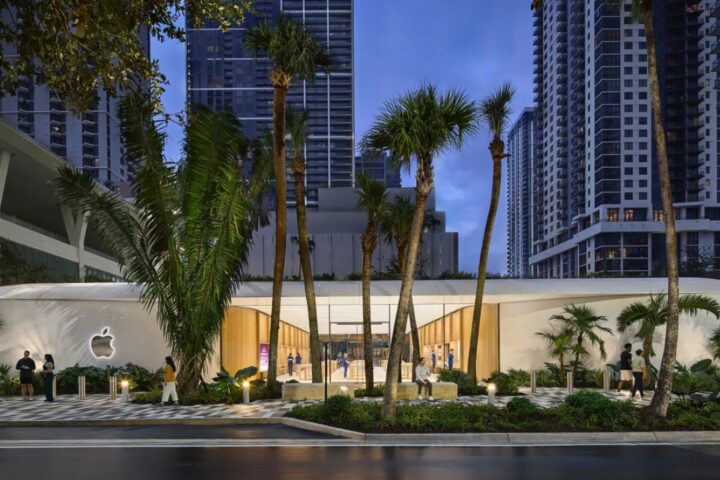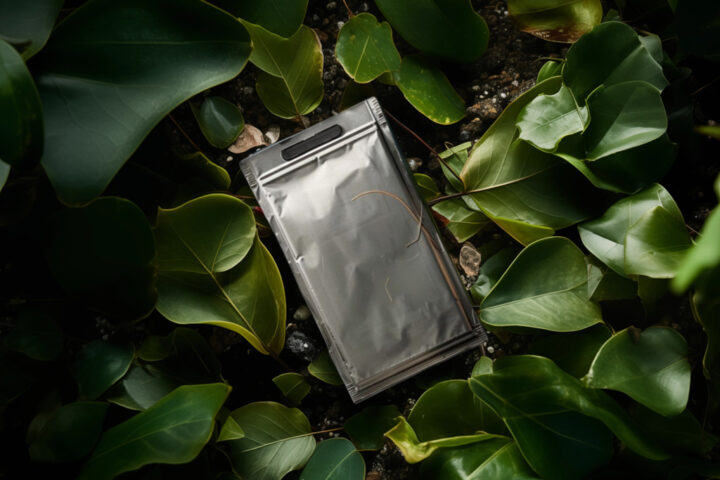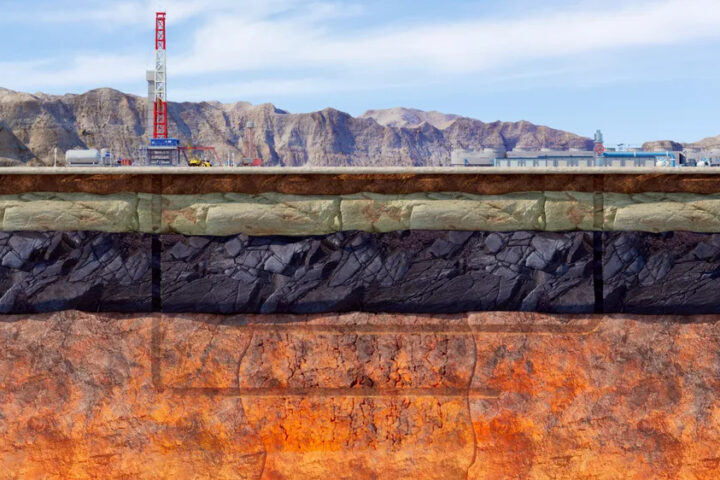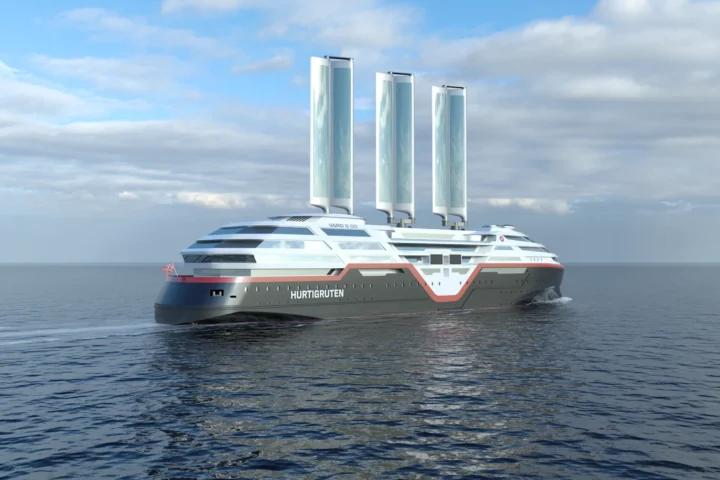Scientists in Chile have found a simple way to pull water from fog in one of Earth’s driest places. The method could help provide water to thousands of people in the growing desert city of Alto Hospicio, where traditional water sources are running dry.
The city of 140,000 people sits in the Atacama Desert, where some areas see less than 4 millimeter of rain yearly. The city relies on underground aquifers that haven’t been replenished by rainfall for nearly 10,000 years. This water arrives by truck to many neighborhoods, making it expensive and unreliable.
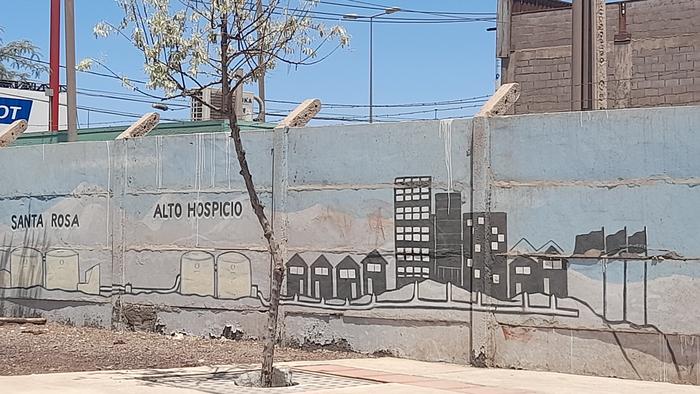
However, researchers at Universidad Mayor in Santiago have shown that mesh panels hung between poles can capture water from passing fog clouds. As fog passes through the mesh, water droplets form and flow into storage tanks. Their year-long study found these collectors can gather between 0.2 and 5 liters of water per square meter each day during foggy seasons.
“This water is not going to save the city,” says Virginia Carter, the study’s lead researcher. “But it could contribute, and in many places it might be important,” especially as climate change threatens existing water supplies.
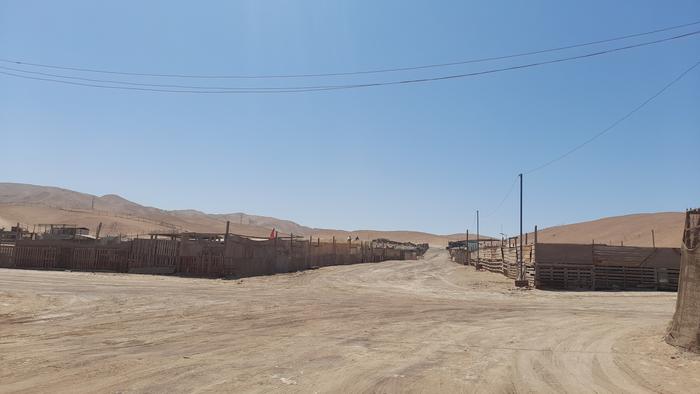
The fog, called “camanchaca” or darkness by local people, appears most heavily from May through October. It forms when humid air masses moving southward from the Amazon meet cool air over the Pacific Ocean. The researchers calculated that about 17,000 square meters of mesh panels – roughly three football fields – could collect the 300,000 liters of water needed weekly by Alto Hospicio’s communities currently relying on truck delivery.
Similar Posts:
The system works best in certain locations. Carter’s team found that fog collectors could reliably provide hundreds of thousands of liters for at least half the year if placed strategically. Each collector would span about 20 square meters.
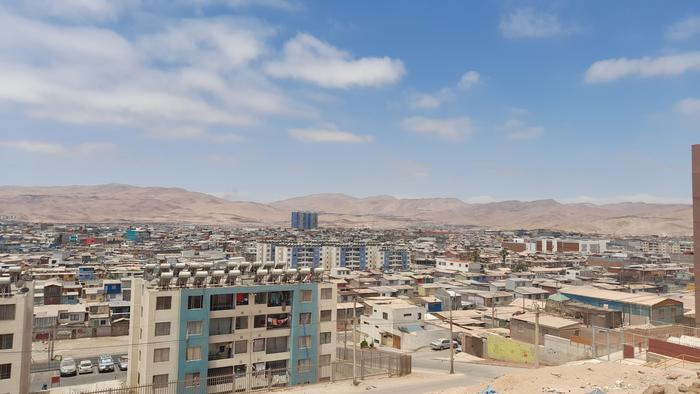
Beyond drinking water, the collected fog could water public parks and support food production. One square meter of fog collection could help grow more than 15 kilograms of leafy greens yearly in hydroponic gardens. This could provide fresh local food in an area where growing crops is usually impossible.
The researchers still need to test water quality and determine what treatment would be needed to make it safe for human consumption. Fog can carry exhaust particles, bacteria, and microplastics. They also need to plan storage systems to make the seasonal water supply last all year.
Carter’s team will release a detailed map showing the best fog collection spots across northern Chile this year. This could help government officials decide where to place fog collectors for maximum benefit.
While fog collection won’t solve all water problems, it offers a low-cost option compared to removing salt from seawater. Most desalination plants in the region serve mining companies rather than homes. The simple fog-catching technology could help thousands of people access water that would otherwise vanish into the air each day.
